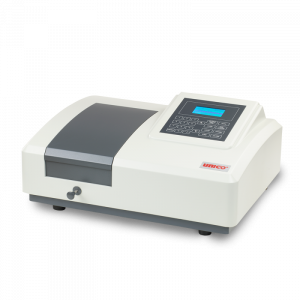Purpose of Test
This test evaluates the ultraviolet radiation (UV-R) blocked by textile fabrics treated with UV protection. This test simulates the UV-R on various fabrics to make sure they are properly rated for UV protection.
It provides a general procedure for determining UV protection property in textiles in these conditions:
- Wet
- Dry
Terminology Defined
UV Radiation (UV-R) – Type of energy produced by the sun or artificial light sources that can pass through fabrics.
UV Protection – The textile fabric’s protection against the sun’s UV radiation or other sources.
UVA – Ultraviolet A has a significantly longer wavelength and is associated with premature skin aging.
UVB – Ultraviolet A has a shorter wavelength and is associated with skin burning.
Spectrophotometer – An instrument used for measuring the wavelength of light transmission.

Spectroradiometer – A light measurement tool that can determine both amplitude and wavelength of light transmission from a given source.

Test Method
Materials Used for Test
- Test specimen
- Spectrophotometer
- Spectroradiometer
Testing Procedure
The test specimen’s UV protection property is tested by using a spectrophotometer or spectroradiometer at given wavelength intervals. Through the use of mathematical calculations, the UVA and UVB blocking percentages are determined.
Test Procedure (Summary)
Part 1: Measurement of UV-R transmission: The test specimen is laid on a spectrophotometer or spectroradiometer at certain wavelength intervals.
Part 2: Calculation of UV blocking: Using certain formulas in the general procedure, the blocking percentages of UVA and UVB are calculated.